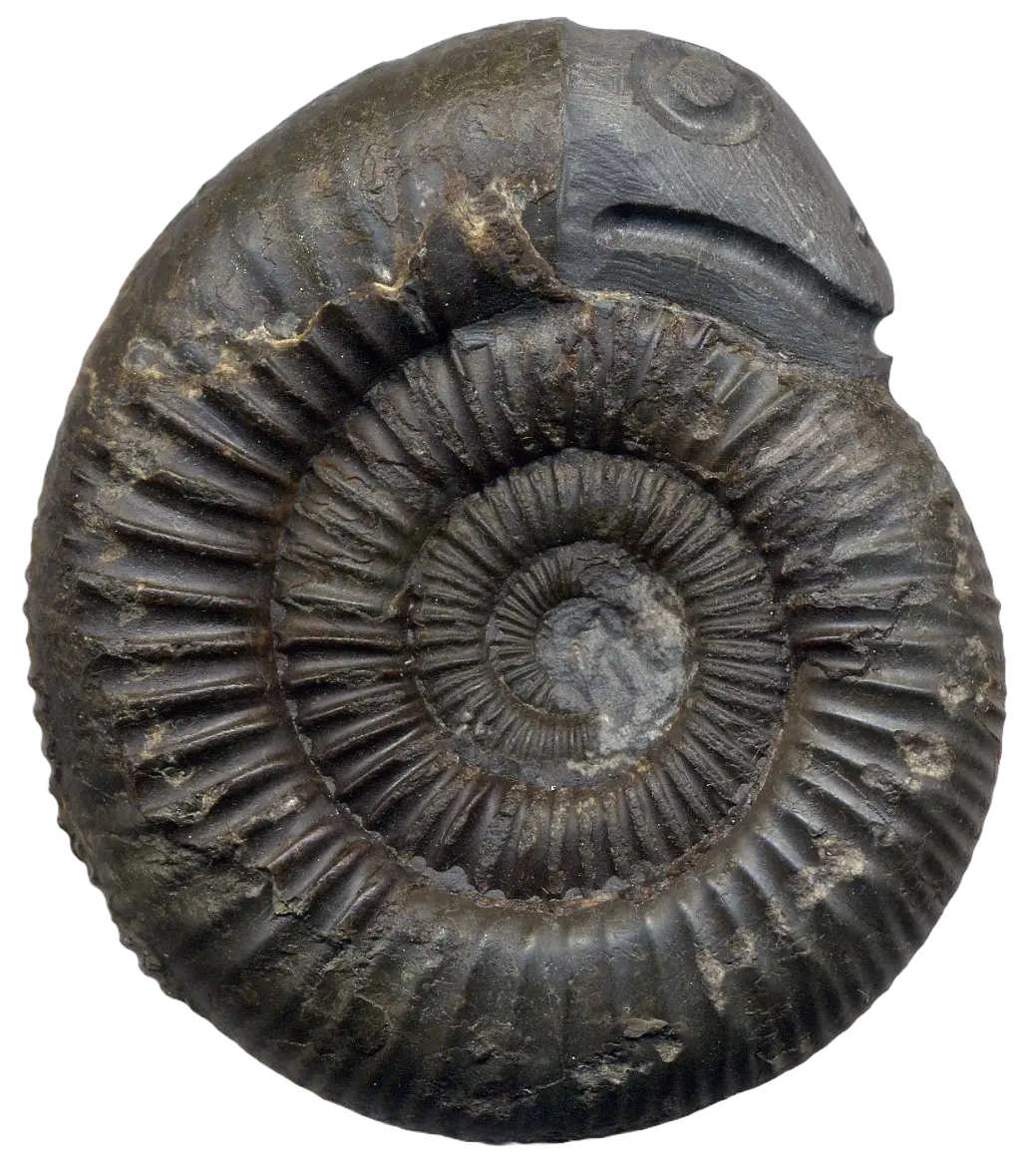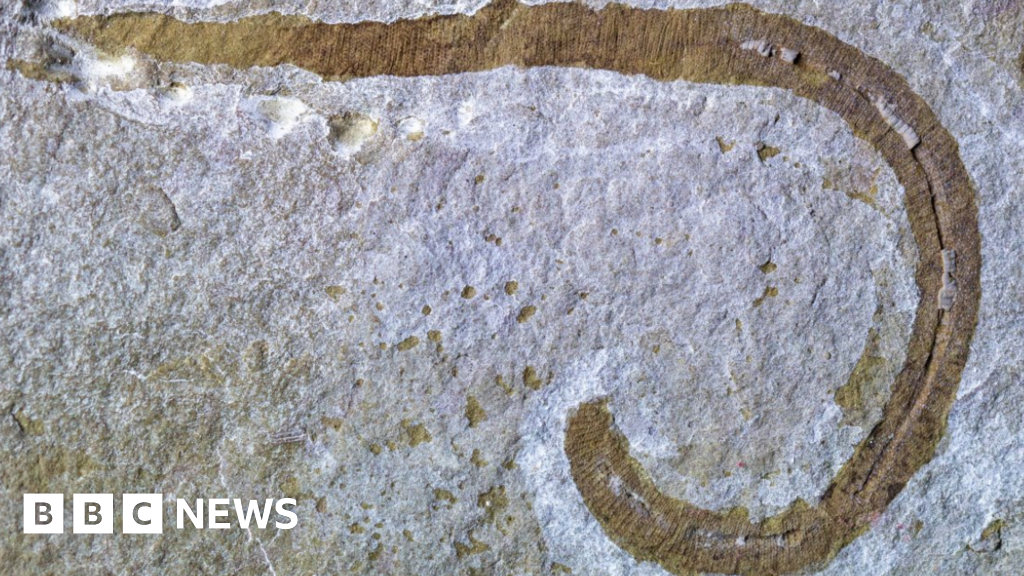An ancient worm discovered in Herefordshire was a carnivorous predator that stuck its throat out to catch and eat prey, according to scientists.
The creature, named Radnorscolex latus, was found at a disused Victorian quarry site in Leintwardine.
The marine worm is thought to have lived on the sea floor about 425 million years ago, when the region was under water.
Analysis suggests it had a retractable throat that could extend out onto the seabed to capture prey hidden within the sediment.
Radnorscolex is reminiscent of giant worms in the Hollywood film Dune, according to Dr Richie Howard, curator of fossil arthropods at the National History Museum.
Dr Howard said: "We think they weren’t too picky when it came to feeding and likely just shoved their throat out into the mud and grabbed anything they could find.
“They certainly make you think of the sandworms in Dune in that respect.”
Fossil remains of Radnorscolex were first discovered a century ago, but the technology was not advanced enough to allow palaeontologists to examine these in great detail.
So what you’re saying is that we should snort these things’ poop to space travel
Yes.



